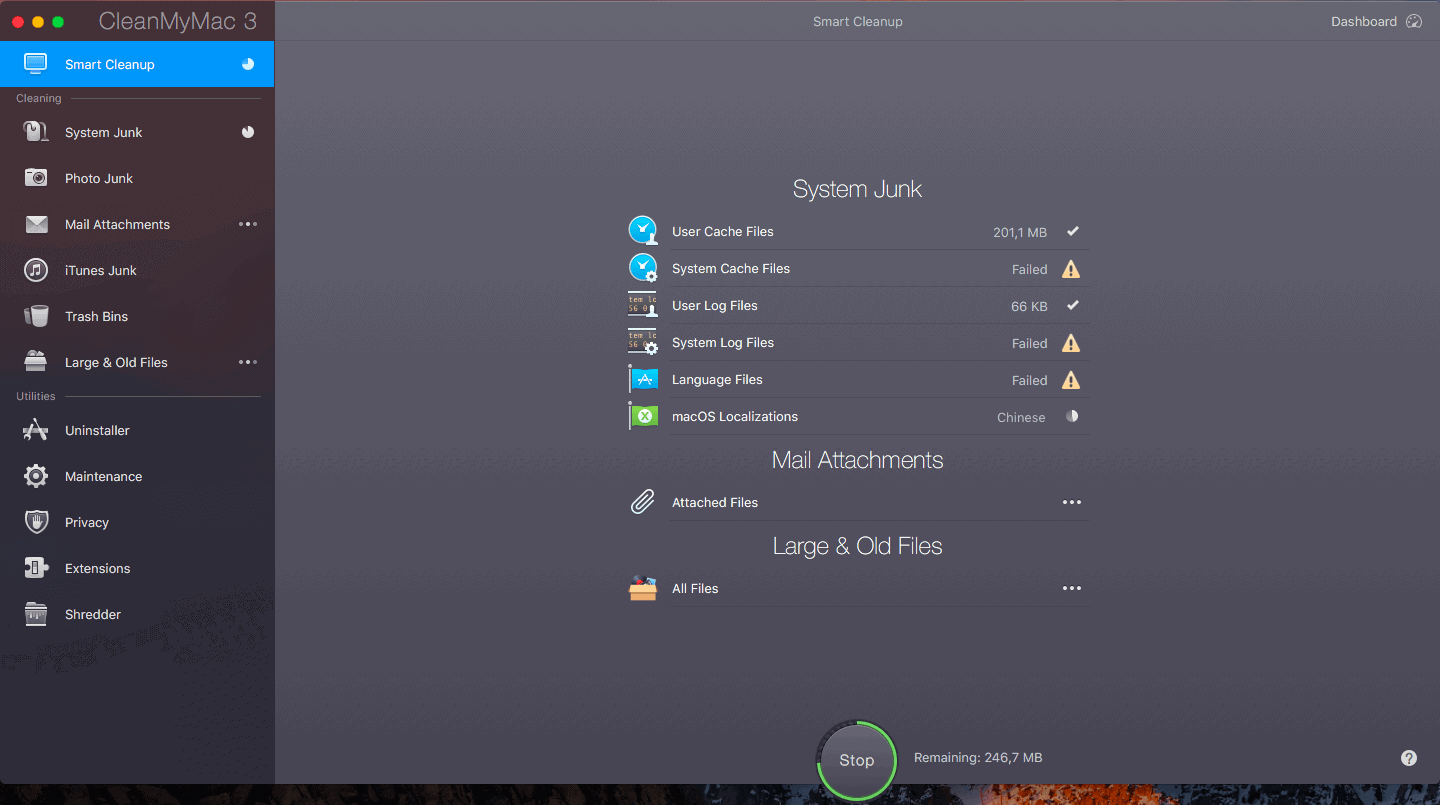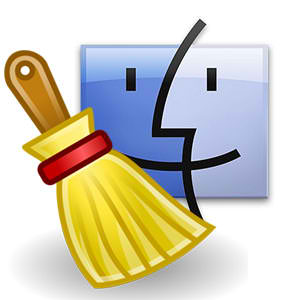

Review the details, select what to clean, and then click Clean. The fact that your iMac was "previously owned" makes this a significant possibility.īarring hardware failures and software that you installed, your Mac should run as well as it did the day it was built. Go to the Large and Old Files module from the sidebar. If you already did that, you found the problem. Once you’ve selected what you want or don’t want to clean, just click the Clean button. Avoid installing third party so called Mac cleaning utilities such as MacKeeper and Clean My Mac. Just open it up and run through a scan, and then go into the System Junk section to identify all of the cache files and other things that you can clean up.

Without exception, they will do the opposite. You can clean up temporary files easier, and much safer, by using CleanMyMac X. Installing an application distributes many files throughout your. Optimize storage space Your Mac can optimize storage by using iCloud to automatically make more storage space available when needed. AppCleaner is a small application which allows you to thoroughly uninstall unwanted apps. Earlier versions of macOS: Choose Apple menu > About This Mac, then click Storage. Whatever you do, resist the temptation to install any third party utility claiming to "speed up", "clean up", "optimize", or otherwise perform some magical incantation that will cure whatever is ailing your Mac. macOS Ventura or later: Choose Apple menu > System Settings, click General in the sidebar, then click Storage on the right.


 0 kommentar(er)
0 kommentar(er)
